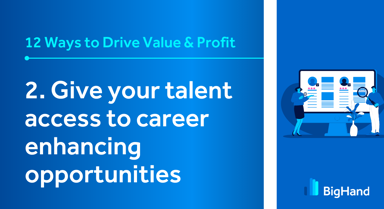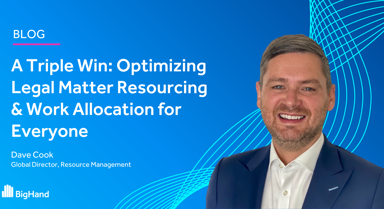Having experienced what it feels like to work when and where best suits, coupled with an increase in the number of open job roles versus the availability of candidates, there has been a shift in focus in the job market. Candidates no longer want to be in a role that is unfulfilling, and they are resistant to businesses that don’t have a good value proposition and do not provide them with the best possible career opportunities. It is now more important than ever to make sure these elements are prioritised and that law firms, in particular, are well-positioned. In addition, legal professionals spend most of their time working in high-pressure environments, often working long anti-social hours and to tight deadlines.
In connection, law firm clients have become a lot more interested in how work is being done for them, with the wellbeing of those staffing their matters, as well as diversity within teams, more in focus than ever before.
These market drivers have colluded to raise the resourcing of matters up the priority list for law firms, something we heard loud and clear at our recent BigHand User Conference.
From a cultural perspective, it was a privilege to see so many of our clients gather to share how they have tackled and overcome both existing and new challenges that the last 48 months have thrown at the legal profession – and to hear how BigHand has acted as a trusted partner to them, both through technological innovation, change management and implementation support.
In particular, in my role at BigHand it was interesting to hear just how broad a scope resource management can have, and the different approaches firms are taking to ensure greater equity in the allocation of work; increase access to alternative career priorities – such as pro bono work; and balance the needs of teams that might be geographically widespread without compromising work/life balance or client delivery. I was proud to be able to lead the debate on these topics alongside fellow panellists and industry colleagues Sam Larkins, Head of Resource Management at Norton Rose Fulbright, James Holland, Resource Manager at DLA Piper and Tybee Van Tienen, Resource & Project Manager at HFW.

Sam Larkins, Head of Resource Management, Norton Rose Fulbright

James Holland, Resource Manager, DLA Piper

Tybee Van Tienen, Resource & Project Manager, HFW
It was also apparent from these discussions just what an interesting and varied role resource management is. In many cases, resource managers need exemplary interpersonal skills, developing individual relationships with partners, associates and support staff to understand each person’s background and personal story. They need to be excellent communicators, being able to present information and data around the matter resourcing recommendations they are making, while recognising the huge behavioural change that can be involved compared to traditional ways of allocating work. And, increasingly they need to be strategic forward-thinkers; being able to take insight from the data that comes from a resource management system such as BigHand around profitability, potentially feeding into the pricing and business development activity, or indeed into headcount planning, succession planning, and decision making and training requirements.
Of course, technology is one thing, but as I have already highlighted, change management is a huge element of a successful resource management initiative. As such, an important part of our engagement with clients is a consultancy exercise – particularly for those firms new to resource management – to understand their priorities and create a framework for success. It might be, for example, that a firm wants to introduce an ‘opportunities board’ to enable associates to explore new areas of legal work, or that they want to be able to easily visualise the distribution of work across a team to ensure fairness and prevent staff attrition – either through a lack of access to work, or indeed too much work.
Whichever way we look at it – something which was also recognised at the BigHand conference – hybrid working; DE&I initiatives; and allowing for valued staff to fulfill their career priorities are all here to stay. And here at BigHand, we have the expertise and the partnership approach to help you harness those for the better.









